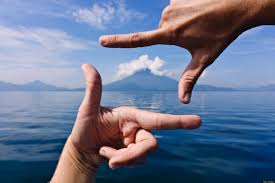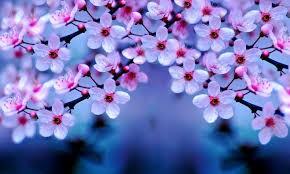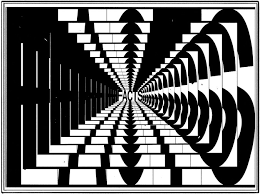December 1, 2017
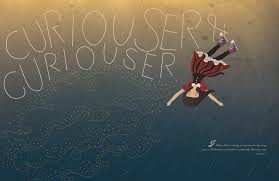
As Albert Einstein famously said, “we cannot help but be in awe when we contemplate the mystery of eternity, of life, of the marvelous structure of reality. It is enough if one tries merely to comprehend a little of this mystery each day”.
A good place to start exploring your own experience is by asking questions. We can take inspiration from Alice in Wonderland. Curiosity about what we Don’t Know has the potential to turn life on its head, revealing things in unexpected and marvelous ways.
The systematic process of curiosity is called INQUIRY. Inquiry means investigation, exploration, but mostly it means wanting to find out. It is a questioning. “What is this? Why is that? What is happening? Where is it going?”
INQUIRY is not the same as analyzing or thinking about a question. It means a systematic openness; an invitation to or receptivity to discovering something new.
INQUIRY opens to whatever presents itself, whatever arises in our consciousness. It is a form of deliberate invitation to the unfolding of our Inner Wisdom.
When practicing INQUIRY, we don’t decide on a particular route that we think will lead us someplace we want to go. Instead, we consider the experiential field we are in at this moment and discern a question, or a direction that is emerging in our experience, and we follow that. Inquiry is not fundamentally about solving problem, although it can reveal many things that can be useful in solving our problems.
PRACTICE SUGGESTION:
In the next two weeks, have the intention to allow INQUIRY to unfold in the form of curiosity about one or more aspects of your experience (thoughts, feelings) .
INQUIRY has to be about something we don’t understand in our immediate experience, in our daily life—something important and relevant.
For your initial practice, spend 10 or 15 minutes by writing down questions about what you don’t know, what you would like to know, what puzzles you, or what interests you. Do this by sitting with receptive awareness, writing down questions as they occur to you (don’t exclude any!)
https://www.amazon.com/-/e/B01N24V17T
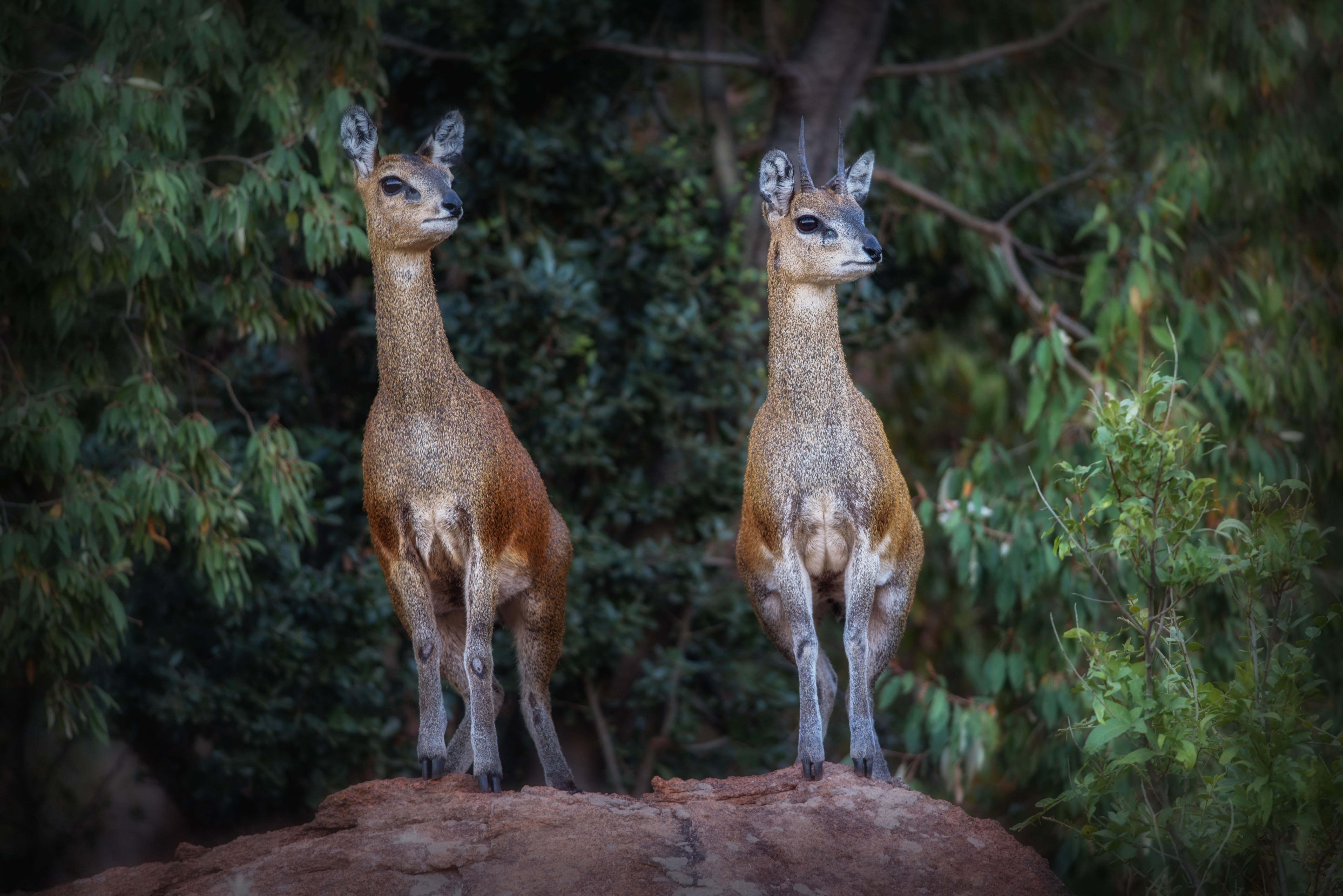



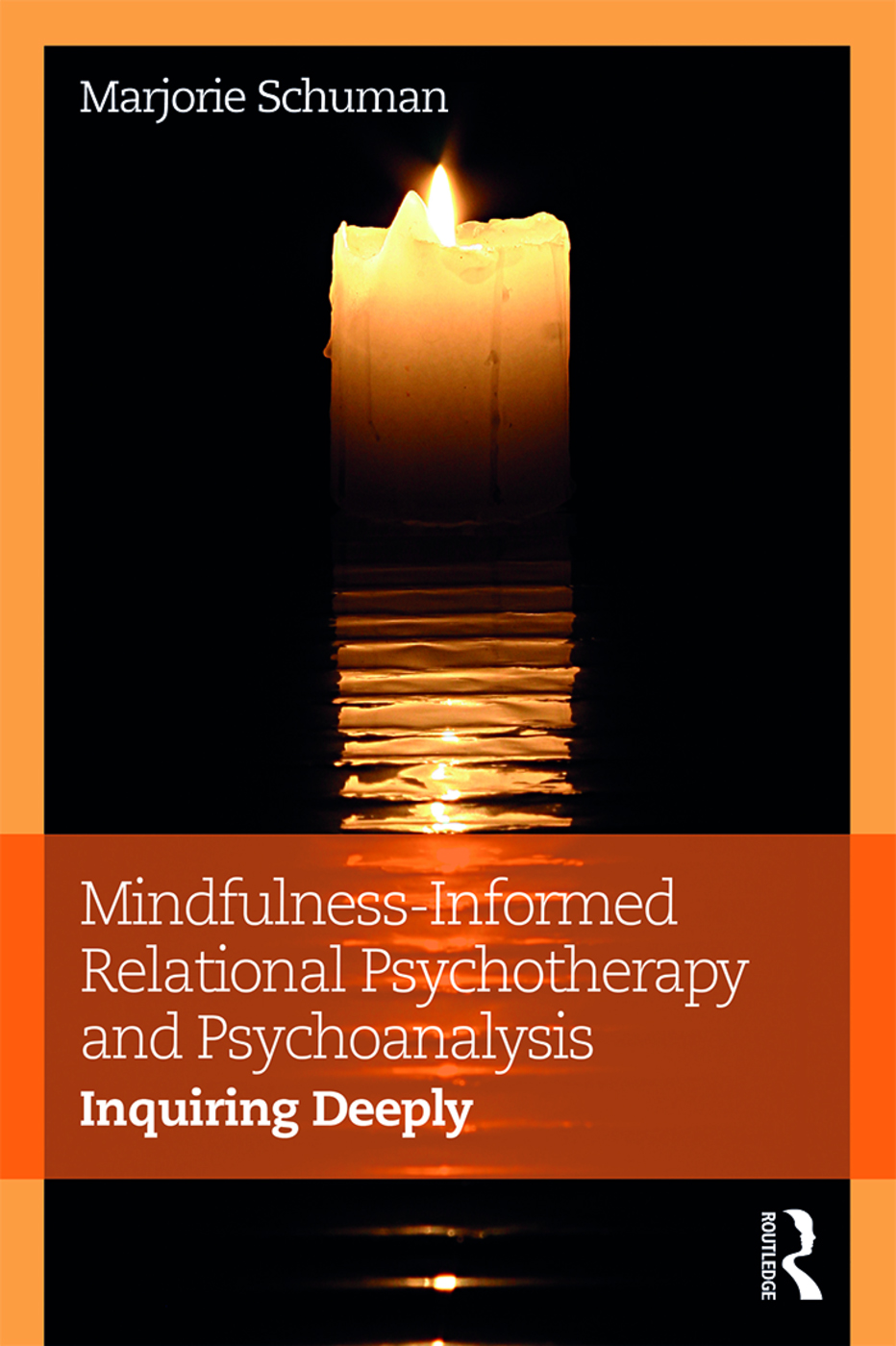
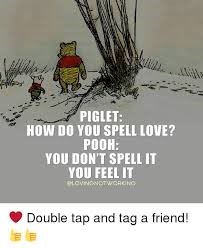 The Real Deal
The Real Deal